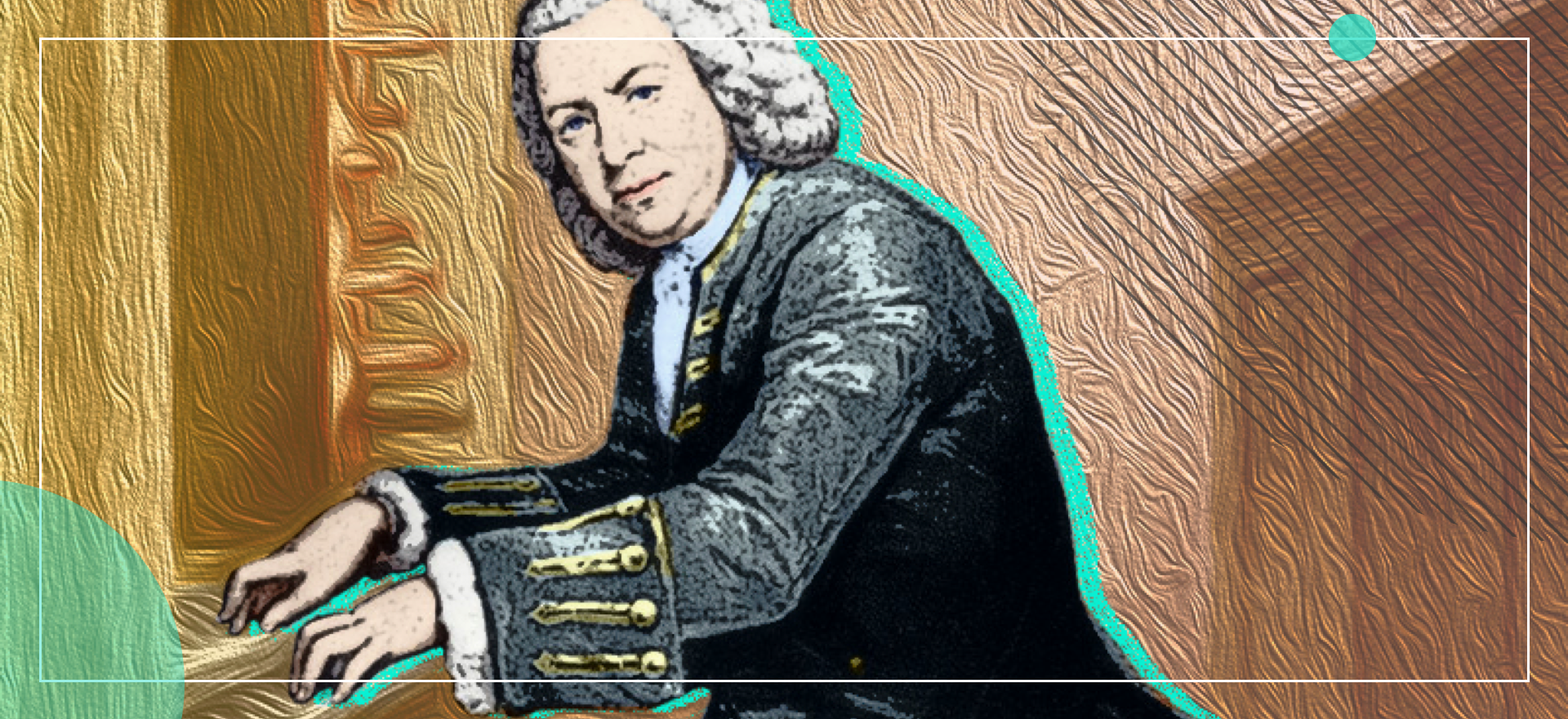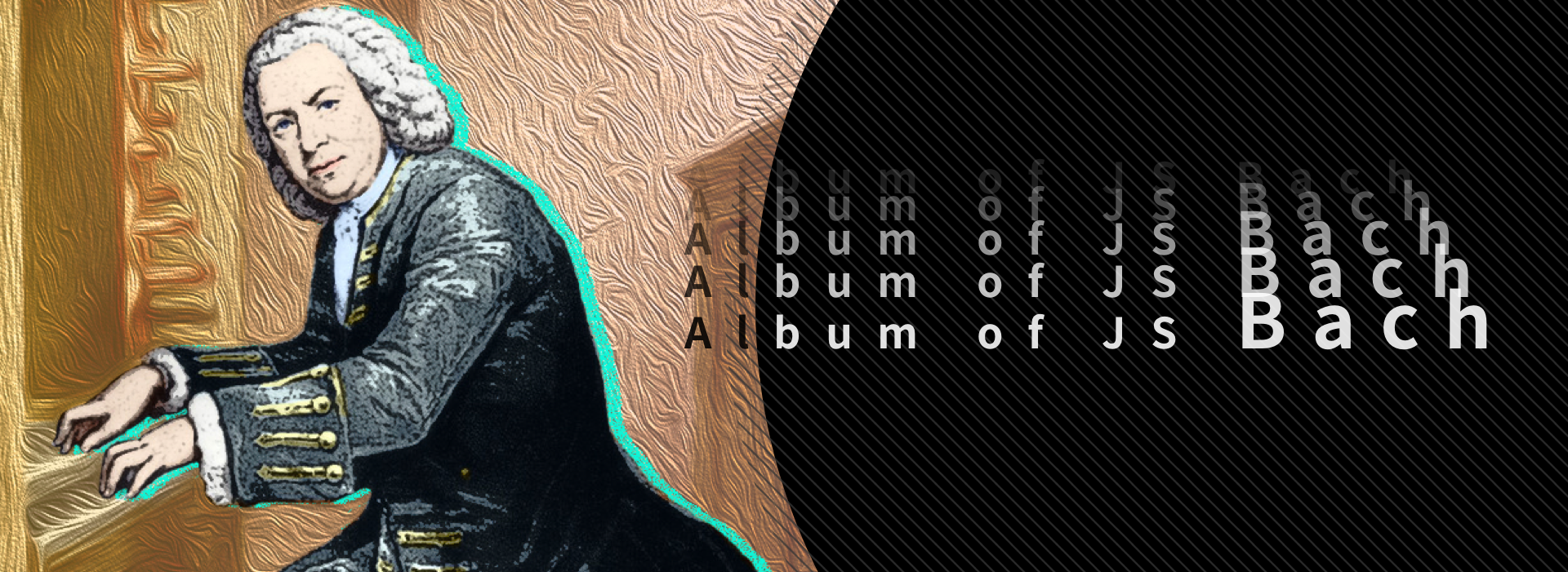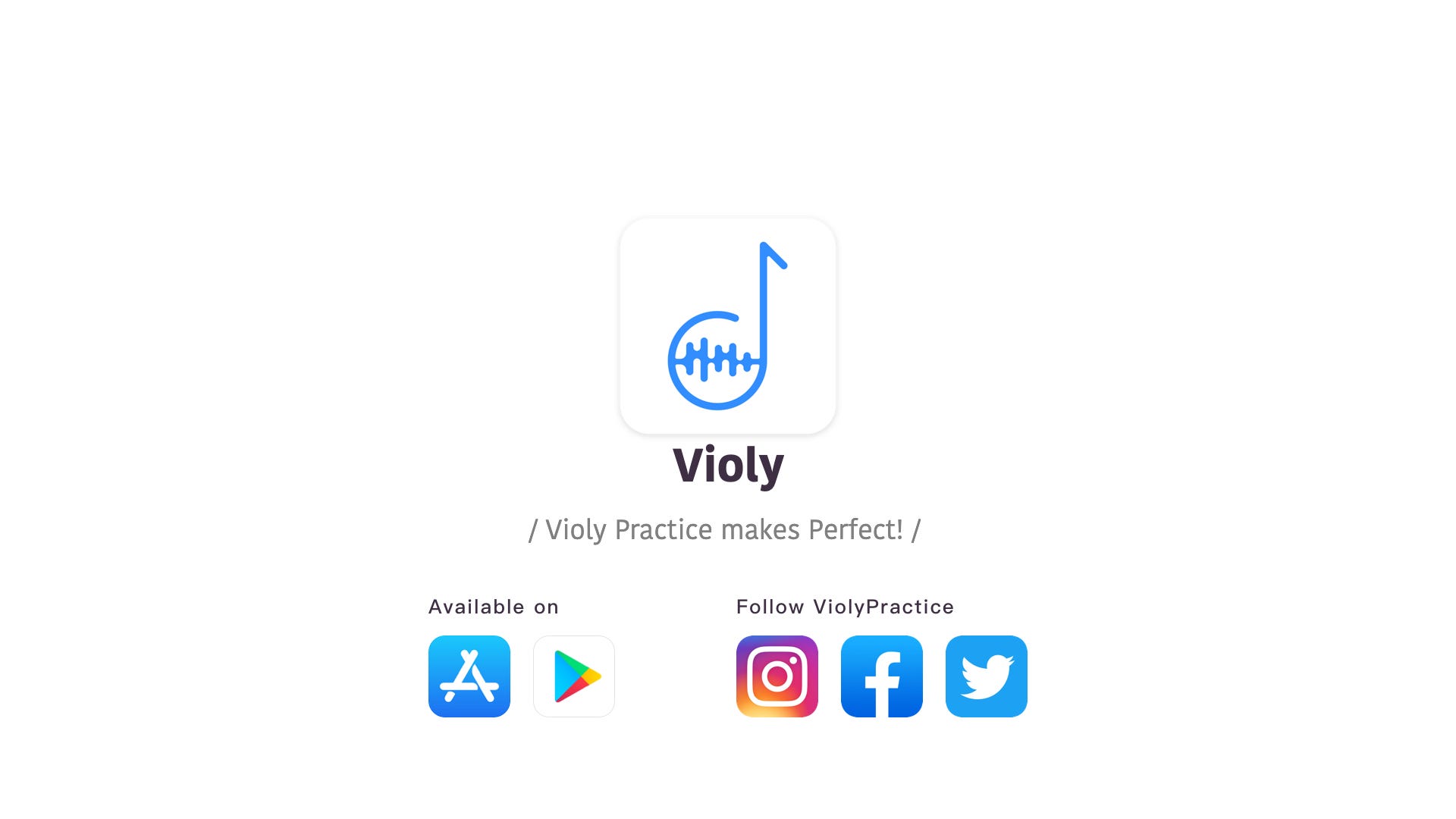Violin Album of JS Bach (New Albums on Violy | The BEST Violin App)
Hello, Violy violinists. We will introduce you to the recently added “Albums” of violin repertoires on Violy — The BEST Violin App. Without further ado, let’s start from Johnn Sebastian Bach who was also as known as the father of music.

Album (Violin) Composer: Johann Sebastian Bach
Johann Sebastian Bach (31 March [O.S. 21 March] 1685–28 July 1750) was a German composer and musician of the Baroque era. He is known for instrumental compositions such as the Art of Fugue, the Brandenburg Concertos, and the Goldberg Variations, and for vocal music such as the St Matthew Passion and the Mass in B minor. Since the 19th-century Bach Revival, he has been generally regarded as one of the greatest composers of the Western art musical canon. [1]
Bach’s Violin Composition
Bach’s most advanced compositions of violin have been considered to be the highest peak of every violinist’s achievement. The unaccompanied Partitas and Sonatas as well as his violin pieces with accompaniment require a high level of violin mastery and a seasoned musicality. Players who have not reached these heights are also eager to become more adept at his music and deepen their understanding of Baroque playing skills. [2]

Violy Album Contents:
There are totally 18 pieces of music in the self-titled Album of Johann Sebastian Bach on Violy, including:
Air on the G String | Lento e molto espressivo = 52
“Air on the G String” is August Wilhelmj’s arrangement of the 2nd movement in J S Bach’s Orchestral Suite №3 in D major, BWV 1068.
The arrangement is different from the original in that the part of the 1st violins is transposed down so that it can be played entirely on a violin’s lowest string, the G string. It is played by a single violin (instead of by the first violins as a group). [3]
Allegro | Allegro = 120
Bourrée | Allegro moderato = 80
Come Let Us to the Bagpipes Sound from “The Peasant Cantata” | Allegro = 120
- In 1742, Bach, late in his career, took a long look back at the music of his day and made such a thorough-going parody of it that we’re still not sure if he was making a social commentary or a musical joke.
- The Peasant Cantata, BWV 212, also has the title of Mer Hahn en neue Oberkeet, which in local Saxon, for We have a new Governor.[4]
Gavotte | Allegro vivace = 136
Invention No.13 in A Minor BWV 784 | Allegro = 120
Invention No. 2 in C Minor BWV 772 | Allegro Moderato ed Espressivo = 116
Largo | Cantabile ed Espressivo = 46
Minute 2 | Andantino = 104
- One of the three most popular minuets in the violin repertoire by Bach.
- A minuet is a social dance of French origin for two people, usually in 3/4 time. The word was adapted from Italian minuetto and French menuet, possibly from the French menu meaning slender, small, referring to the very small steps, or from the early 17th-century popular group dances called branle à mener or amener.
- The Minuet in G major is a keyboard piece included in the 1725 Notebook for Anna Magdalena Bach. For a while, it was attributed to Johann Sebastian Bach (BWV Anh. 114), but it is now universally attributed to Christian Petzold. It is a 32-measure piece primarily in the key of G major.
Musette | Andante = 76
Sarabande (violin trio) | Allegro = 120
Suite in B minor: II. Rondeau BWV 1067 | Allegro = 120
Violin Concerto in A Minor, I BWV 1041 | Allegro moderato = 108
Violin Concerto in A Minor, II BWV 1041 | Andante = 76
Violin Concerto in A Minor, III BWV 1041 | Allegro assai = 130
- The Violin Concerto in A minor, BWV 1041, was written by Johann Sebastian Bach. While it has been “generally thought to be composed at Köthen in 1717–23”. Christoph Wolff has argued that the work may have been written in Leipzig during Bach’s time as director of the Collegium Musicum; John Butt also believes that Bach wrote it “probably soon after taking over the Leipzig Collegium Musicum in 1729”. In any event, the only autograph source to survive are parts Bach copied out (along with other copyists) in Leipzig circa 1730 from a now lost score or draft. [5]
Violin Concerto in E Major, I BWV 1042 | Allegro = 120
Violin Concerto in E Major, II BWV 1042 | Adagio = 100
Violin Concerto in E Major, III BWV 1042 | Allegro assai = 52
- The Violin Concerto in E major, BWV 1042, by Johann Sebastian Bach is a concerto based on the three-movement Venetian concerto model, albeit with a few unusual features as each movement has “un-Italian characteristics”.
- While there are two 18th-century scores, neither is autographed; however, Bach re-used the concerto as the model for his Harpsichord Concerto in D major, BWV 1054, found in his 1737–39 autographed manuscript of these works. The concerto is thought to have been written when Bach was working for the court of Köthen or when Bach was in Leipzig. 6
In this series of article, we will introduce you the music pieces of
Johnn Sebastian Bach,
Joseph Haydn,
Wolfgang Amadeus Mozart,
Ludwig van Beethoven,
Felix Mendelssohn,
Pyotr Ilyich Tchaikovsky,
and finally, Dmitri Shostakovich.
Stay tuned, Violy musicians, let’s bring the music fashion of violin back~
[1] https://en.wikipedia.org/wiki/Johann_Sebastian_Bach
[2] https://blog.oup.com/2018/05/playing-bach-violin/
[3] https://en.wikipedia.org/wiki/Air_on_the_G_String
[4] https://interlude.hk/bach-makes-joke-peasant-cantata/
[5] https://en.wikipedia.org/wiki/Violin_Concerto_in_A_minor_(Bach)
Have a HAPPY practice!!
#ViolyPractice makes Perfect!!
Follow us on: Violy.app
Feel free to contact us at Support@Violy.app
